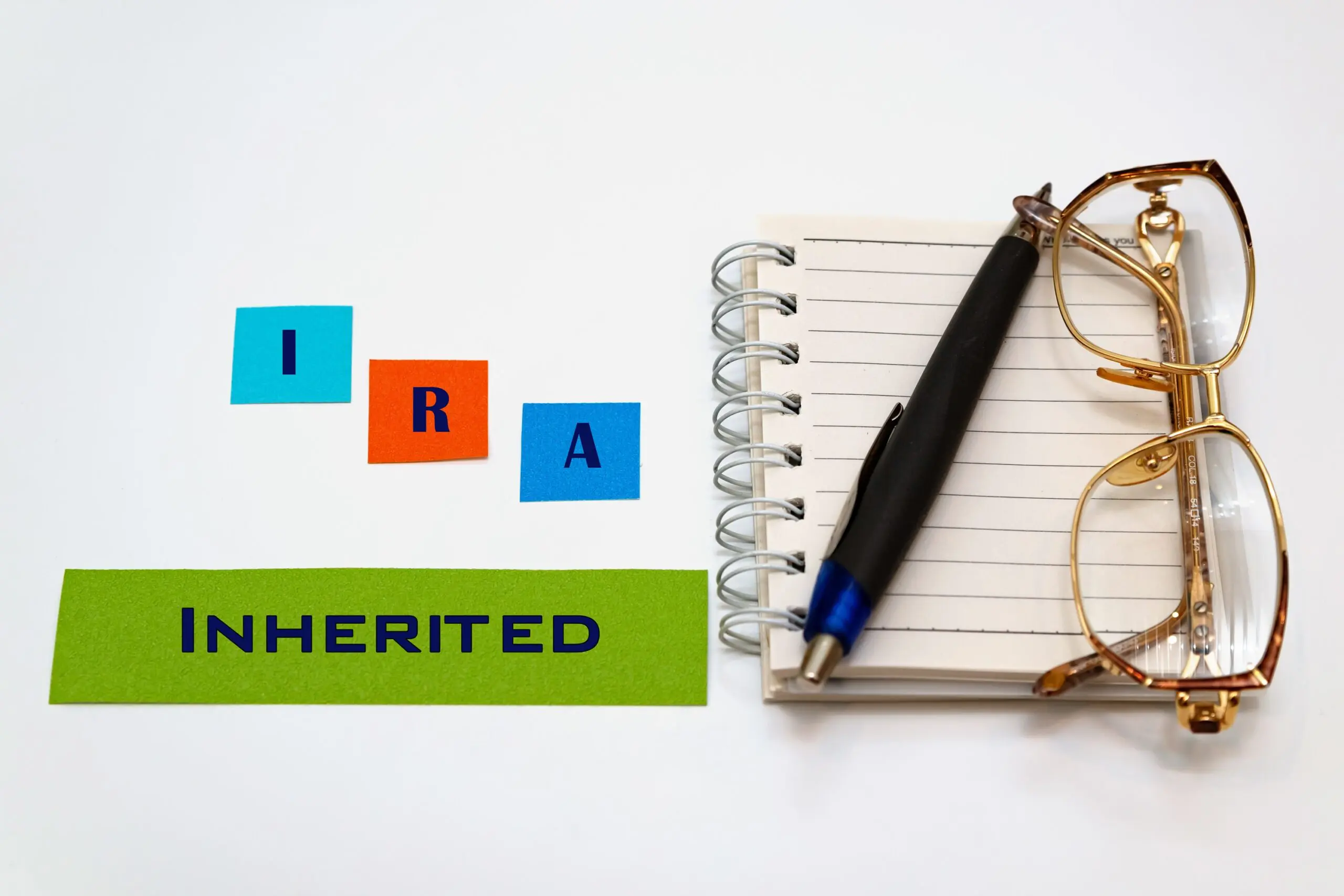An Inherited IRA (Individual Retirement Account) is an account opened after the original owner passes away. The beneficiary of an inherited IRA can be anyone. It could be a spouse, non-spouse, or even a trust. These accounts have specific rules that differ from traditional IRAs, mainly focused on required minimum distributions (RMDs) to ensure that the funds are eventually withdrawn and taxed.
Combining Multiple Inherited IRAs: Is It Possible?
Combining multiple inherited IRAs is a nuanced topic. The IRS allows beneficiaries to consolidate IRAs inherited from the same decedent. That’s good news and can be done as long as the tax basis of the accounts is the same. If you inherited a Roth IRA and a Traditional IRA from the same person, keep them separate. Remember IRAs inherited from different individuals must be managed separately. Here’s a detailed exploration of the pros and cons of combining inherited IRAs from the same decedent:
Pros of Combining Inherited IRAs
- Simplified Management: Managing multiple accounts can be cumbersome, with each requiring individual attention for investment decisions, distributions, and administrative tasks. Consolidating them into a single account streamlines this process.
- Reduced Fees: Each IRA might come with its own set of fees, including account maintenance, management, and transaction fees. By combining accounts, you might reduce the overall fees, increasing the net returns on your investments.
- Enhanced Investment Options: Combining accounts can increase the total funds available, potentially granting access to more investment options that require higher minimum balances.
- Unified Strategy: A single account allows for a cohesive investment strategy, making it easier to balance risk and growth objectives according to your financial goals.
Cons of Combining Inherited IRAs
- Loss of Flexibility: Keeping IRAs separate can provide more flexibility in managing distributions. Different accounts can be strategically used to manage taxable income over the years.
- Risk of Commingling: While combining accounts from the same decedent is permissible, inadvertent commingling of funds from different decedents can lead to compliance issues and potential penalties.
- Complex Rules: The rules governing inherited IRAs are complex and can change. Consolidating accounts requires thorough understanding and meticulous adherence to these rules to avoid mistakes that could incur penalties. Read more about recent changes to Inherited IRAs HERE.
Steps to Combine Inherited IRAs
- Verify Eligibility: Ensure that the IRAs are from the same decedent. Mixing funds from different decedents is not allowed.
- Consult with a Financial Advisor: Engage with a financial advisor or tax professional who is knowledgeable about inherited IRAs to navigate the complexities and ensure compliance.
- Transfer Process: Initiate the transfer process with the financial institutions holding the IRAs. This typically involves completing paperwork and may require coordination between multiple custodians.
Conclusion
Combining inherited IRAs from the same decedent can offer significant benefits in terms of simplified management, reduced fees, and a cohesive investment strategy. However, it is crucial to weigh these benefits against the potential loss of flexibility and the risk of non-compliance with IRS regulations. Thorough planning and professional guidance are essential to optimize the handling of inherited IRAs, ensuring that you maximize the benefits while minimizing risks.
uDirect IRA Services, LLC is here to help you~! We are not a fiduciary and we do not offer tax or legal advice. We do not recommend specific investments, rather we guide you through the process to self-direct your retirement savings into assets you choose. To get started, we offer a free consultation. Schedule yours HERE – To open an account, click HERE.

